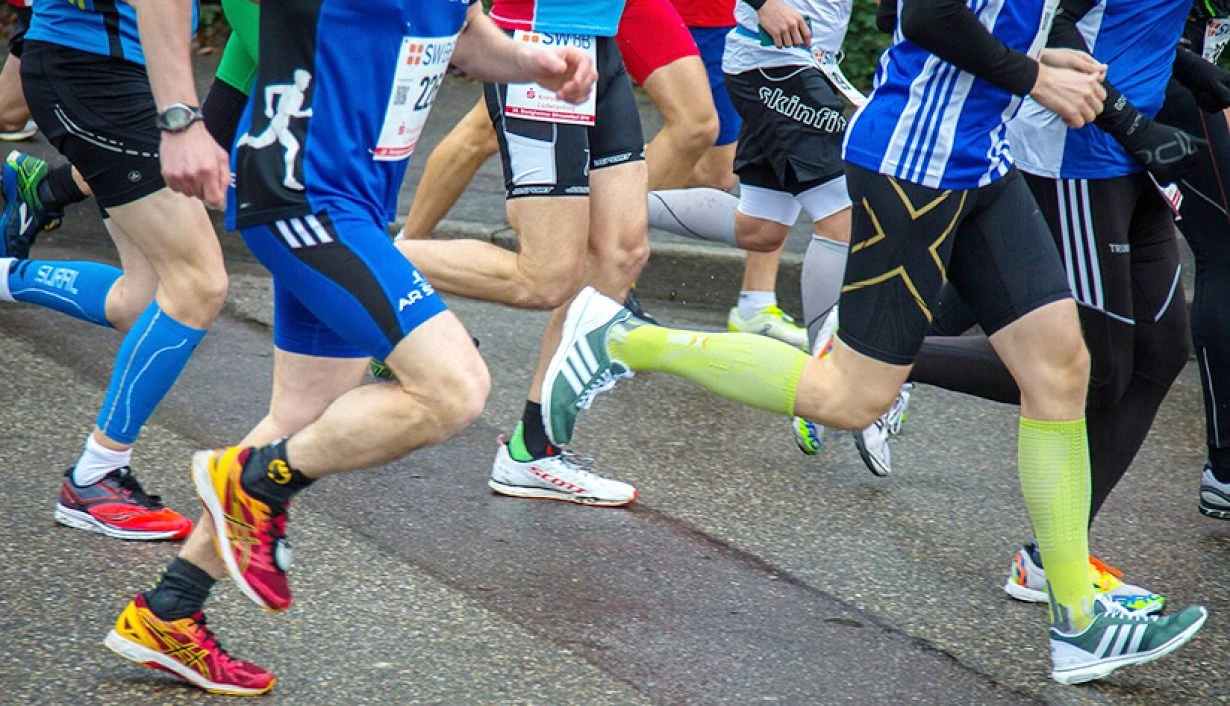Race timing systems have undergone a dramatic transformation over the past two decades, evolving from manual stopwatches and basic chip timing to sophisticated Radio Frequency Identification (RFID) networks that can precisely track thousands of participants across complex multi-stage events. This technological evolution has not only improved accuracy and efficiency but has fundamentally changed how athletes, organizers, and spectators experience competitive events ranging from local 5K runs to international marathons and triathlons.
RFID Tag Integration and Participant Assignment
The foundation of modern race timing begins with the assignment of RFID tags to individual participants during the registration process. These tags, typically integrated into disposable ankle bands, shoe tags, or bib attachments, contain unique identifiers that link directly to each runner’s registration information in the timing system’s database. Unlike traditional barcode systems that require line-of-sight scanning, RFID tags can be read from distances of several feet and don’t require precise positioning, making them ideal for the dynamic environment of racing events.
The tags themselves are engineered to withstand the rigorous conditions of athletic competition, including exposure to sweat, rain, mud, and the repetitive impact forces generated during running. Manufacturers like Metalcraft and others specialize in producing ultra-lightweight, waterproof tags that won’t interfere with athletic performance while maintaining reliable signal transmission throughout events that may last several hours. The selection of appropriate tag technology depends on factors such as the race distance, environmental conditions, and the specific timing requirements of the event.
Each tag is programmed with a unique identification number that corresponds to the participant’s race number, personal information, and performance category. This digital linking enables automated processing of results without manual data entry, significantly reducing the potential for human error that plagued earlier timing methods. Advanced systems can also store additional information on the tags themselves, such as emergency contact details or medical information, though most systems rely on database lookups for this supplementary data.
Strategic Placement of RFID Reading Infrastructure
The effectiveness of RFID race timing depends heavily on the strategic placement of reading equipment throughout the course. At the most basic level, races require readers at the starting line and finish line to capture overall completion times. However, sophisticated events employ multiple intermediate timing points, often called “splits,” that provide detailed performance analytics and enable organizers to track participant progress throughout the event.
These intermediate timing points serve multiple purposes beyond basic time recording. They provide safety monitoring capabilities, allowing race officials to identify participants who may be experiencing difficulties or have dropped out of the event. For spectators and support teams, intermediate times enable real-time tracking of their athletes’ progress, often integrated with mobile applications that send push notifications when runners pass specific checkpoints.
The reading infrastructure typically consists of timing mats or overhead gantries equipped with RFID antennas strategically positioned to ensure reliable tag detection. These systems must account for the challenges of mass participant events, where hundreds or thousands of athletes may cross timing points simultaneously. Advanced algorithms process multiple tag reads and use techniques such as signal strength analysis and temporal filtering to accurately associate each detection with the precise moment of crossing, even in crowded conditions.
Real-Time Data Processing and Integration
Modern RFID timing systems excel in their ability to process and disseminate results in real-time, transforming race events into dynamic, engaging experiences for participants and spectators alike. As athletes cross timing points, their RFID tags are instantly detected, and the system immediately calculates split times, overall pace, and projected finish times based on current performance.
This real-time processing capability enables sophisticated features such as live leaderboards that update continuously throughout the event, allowing spectators to follow the competition as it unfolds. Social media integration automatically generates updates and achievements, sharing milestone moments with friends and family who may be following the race remotely. For competitive events, real-time processing ensures that age group winners and overall champions can be identified and celebrated immediately upon completion.
The integration extends beyond simple time recording to encompass comprehensive race management systems. RFID data feeds into registration platforms, results databases, and even post-race analysis tools that help athletes understand their performance relative to previous efforts and compare themselves to other participants in similar categories. This wealth of data has transformed racing from a simple competitive activity into a rich analytical experience that supports long-term athletic development.
Enhanced Accuracy and Fraud Prevention
RFID technology has significantly improved the accuracy and integrity of race timing compared to earlier methods. Traditional chip timing systems required participants to step directly on timing mats, which could be missed in crowded conditions or during the chaos of mass starts. RFID systems read tags automatically as participants pass through detection zones, eliminating the possibility of missed reads due to improper mat contact.
The technology also provides robust fraud prevention capabilities that help maintain competitive integrity. Each tag’s unique identifier makes it extremely difficult to transfer timing devices between participants, and advanced systems can detect anomalous patterns that might indicate cheating attempts, such as impossibly fast split times that would suggest course cutting or tag sharing.
Modern RFID race timing represents a convergence of athletic competition and technological innovation, creating more accurate, engaging, and secure racing experiences that benefit everyone from elite athletes to casual participants seeking personal achievement recognition.




























